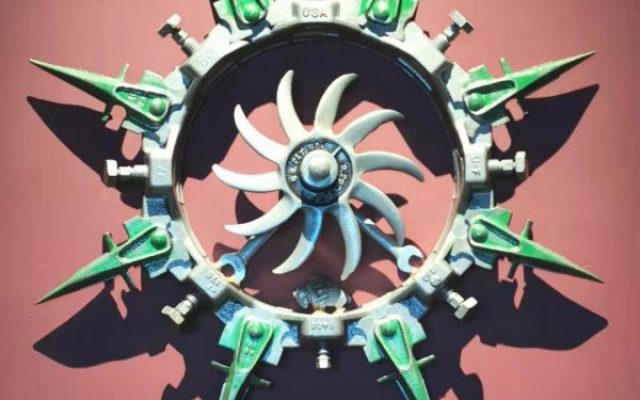STEM STEAM Synergy
As we enter the second half of the second decade of the 21st century, there remains an alarming shortfall of women in STEM (Science, Technology, Engineering and Math) careers. Most experts agree the United States alone will need nearly 2 million additional workers with training in STEM by 2020. And women should be members of this workforce. However, according to a recent report published by the American Association of University Women (AAUW), “At almost every step of the STEM ladder, we see girls walk away. By seventh grade, many girls are ambivalent about these fields, and by the end of high school, fewer girls than boys plan to pursue STEM in college.”
Though more than 50 percent of women participate in the U.S. workforce, less than 25 percent work in STEM careers. The situation is even more dire for women of color and women of Hispanic origin. For example, only 2 percent of Latina college graduates have completed a degree in a STEM field of study.
Nikola Tesla (1856-1943) was an extraordinary engineer and physicist whose work, much of which is forgotten today, paved the way for wireless communication. He foresaw the important role that women would play in the workforce — and in technology — nearly a hundred years ago. The end of World War I ushered in an era of new attitudes toward gender equality. Despite an emerging women’s movement, most women possessed less than a high school degree. Tesla realized that women in science were essential to scientific innovation and predicted their educational ascent. “Women will assert first their equality and later their superiority,” he told a reporter in a 1926 interview with Collier’s magazine.
As generations ensue … the average woman will be as well educated as the average man, and then better educated … Women will ignore precedent and startle civilization in their progress. — Nicola Tesla, 1926
And Tesla was right. Women have been enrolling in and graduating from college in greater and greater numbers since the 1980s, and today have surpassed men in overall educational attainment — except in the STEM fields. Girls, as reported by the AAUW, walk away “at every step of the STEM ladder”
Building new rungs in the ladder that encourage girls and women to step into the STEM professions may be as simple as adding an “A” to STEM to produce STEAM. The “A” is the Arts. And STEAM (Science, Technology, Engineering, ARTS, and Math) is a movement initiated by the Rhode Island School of Design (RISD) to place art and design at the center of STEM. In particular, a combination of art and science may attract girls to STEM careers and help us rethink our social stereotypes about science, engineering and computing as the exclusive domains of men.
The story of actress Hedy Lamarr, famous in the 1930s and 40s, illustrates this powerful combination. Hedy Lamarr always loved science — and acting. Most men of her day dismissed her ideas, focusing instead on her striking beauty. In the 1930s, before coming to the United States and becoming a movie star, Hedy was married to an Austrian arms dealer, Fritz Mandl. Expected to dazzle her husband’s guests at dinner parties, Hedy preferred to sit quietly and listen to the many scientists and military men from Germany and Spain who discussed research and investigations of “wire-guided” submarines and torpedos. Hedy Lamarr listened and she learned.

Patent application for a “frequency-hopping” radio system by the beautiful screen star Hedy Lamarr (Hedy Kieler Markey) in 1942
After leaving her husband and launching her career in Hollywood, Hedy remained interested in science. She remembered the conversations from her European days and came up with an idea for a radio that “hopped frequencies,” effectively jamming transmissions of Axis submarines launching torpedos at Allied transport ships. She teamed up with composer and pianist, George Antheil, and together they invented and patented a radio system that saved lives of Allied soldiers and civilians during World War II.
Hedy spent “most of her spare time inventing things.” When she combined her artistic imagination with her love of science, she came up with an invention that saved countless lives. Connections between art and scientific innovations can be traced as far back as da Vinci. A review of patents results in surprising synergy between imagination and invention. The inventive process connects ideas and thoughts that may seem to be unconnected. And integrating our artistic and inventive minds could be the perfect combination for STEM in the 21st century.
Why not leverage the synergy between art and science and encourage educators to accelerate the transition from STEM to STEAM? It may be the perfect solution to help girls create a new STEM ladder they want to climb.















No Comments Yet!
You can be first to comment this post!